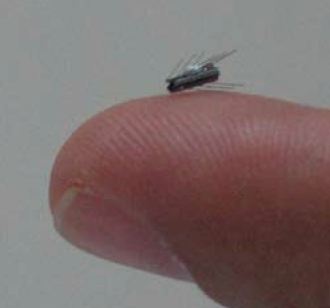Medical Robots
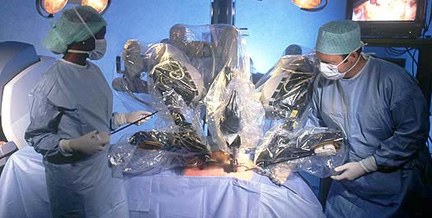
Medical Robots
Medical Robots. Nowadays, it is no longer surprising to learn that a hospital’s top performing surgeon is not human. With unmatched precision and the ability to work without fatigue, medical robots are obviously one of the most useful applications of robotic technology. These robots are widely used in various medical practices, including difficult surgical procedures, and have completely revolutionized the speed and efficiency of health care services in several parts of the world.
Click Here for information on the Biopsy Robot
Puma
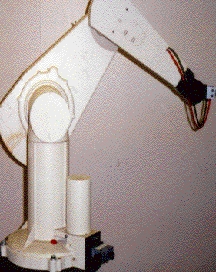
The first known medical robot utilized by the medical industry was in 1985, when the robot PUMA 560 placed a needle for a brain biopsy using CT guidance. Three years later, the PROBOT from the Imperial College London helped doctors perform prostate surgery on a patient. Since then, persistent studies on robotic systems for specific use in health care were carried out by medical researchers like Intuitive Surgical. One of its more famous robots is the da Vinci Surgical System.
Da Vinci Surgical Robot
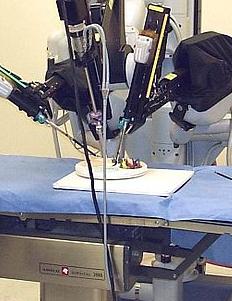
Commonly used for prostratectomies, cardiac valve repair and gynecologic procedures, the da Vinci medical robot is controlled remotely by a surgeon from a console, and is designed to perform highly complex surgeries using a minimally invasive approach. The surgeon maneuvers the system’s robotic arms while viewing a tiny, high-resolution endoscopic camera inserted through an incision. The robot’s jointed-wrist capability surpasses the human hand’s range of motion, allowing for movement in a much smaller space. Successful surgery patients have therefore reported smaller incisions, less blood, pain and trauma and a faster healing time than regular surgery.
Click Here for The Da Vinci robot
ViRob Miniature Medical Robot
Several medical robots are used in a wide range of surgical applications, from neurosurgery to radiosurgery, even in pediatrics and orthopedics. But medical robots are not confined only to a surgical role. In Israel, a miniature robot called ViRob was developed in order to crawl through the human body, locate a tumor, and treat it with drugs. Measuring only one millimeter long and four millimeters from end to end, the bot uses tiny arms controlled by an electromagnetic field to propel its way through different cavities of the human body, looking for deadly tumors to treat.
Click Here for the PillCam Robot
IV Robots
In many parts of the world, hospitals use robots for tasks that require precision and promptness, such as delivering and retrieving supplies and mixing and dispensing medicines. In Europe and the U.S., a robot is used to mix and measure medications, specifically those used in chemotherapy. Human mistakes in this process can be very deadly, as the slightest error in the mix could endanger both patients and the hospital staff. Using a robot thus removes the need for manual calculation and greatly reduces the possibility of human error.
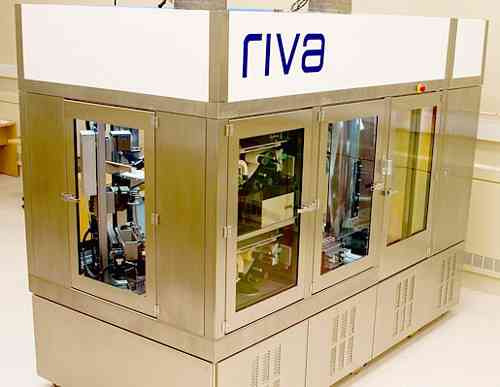
A robot called RIVA, developed by Intelligent Hospital Systems, has likewise automated the preparation of IV solutions in hospital pharmacies, making the process safer, cheaper and more efficient. To read more about Robotic Syringe robots click below
Clikc Here for the Robotic Syringes
Mr. Gower
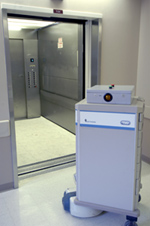
Other medical robots patrol hospitals as nurses and staff members. At a medical center in Maryland, a robot named Mr. Gower navigates the hallways, riding elevators, opening doors and delivering patient medications to the nurses' station all on its own. Marc Summerfield, director of pharmacy services at the University of Maryland Medical Center says that Mr. Gower can “pull up to 500 lbs and can work for 12 hours after charging its batteries for only two hours.” He says that aside from filling the gap created by staff shortages, the robot helps them deliver medications to their patients faster.
In Houston, patients at the intensive care unit are regularly visited by 5-foot robots with computer monitors for heads. These bots are remotely piloted by doctors from a command center on another floor, allowing doctors to simultaneously check up on their patients and read their vital signs without having to leave their posts. In U.S. areas with sparse specialist coverage, telemedicine utilizing the same technology allows remote specialists to facilitate procedures like stroke management and give effective diagnoses. Using a robot’s video camera, a neurosurgeon can observe and talk to patients and review their CT scans and other lab results even if they are hundreds of kilometers away.
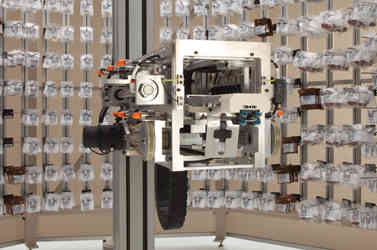
Robots are also increasingly becoming popular in pharmacies. The McKesson ROBOT-Rxm, for example, stores and dispenses single doses of drugs for entire hospitals. Pharmacists simply enter prescriptions into a computer, while the robot collects the dosage by scanning the medications’ barcodes. Finally the robot bags the medicines and keeps track of everything to ensure that the right medicine reaches the right patient.
IntelliFill i.v.
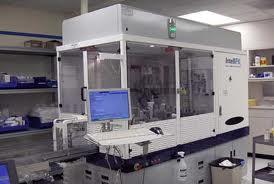
Another similar device is the IntelliFill i.v. a robot that can fill up to 60 drug-filled, patient-specific syringes per hour, also designed to ensure that the right medicine in the right dose gets to the right patient. A study by the Institute of Medicine in 1999 has estimated that as many as 98,000 Americans die each year because of medical errors — 7,000 of them from medication errors. This has therefore prompted hospitals to computerize systems for prescription orders and use devices that automate the prescription-filling process. According to its manufacturer website FHT Inc, http://www.fhtinc.com/ it has delivered over 30 Million IV doses.
Click HERE to read more about robots in Hospitals
Clearly, although the element of human touch is vital in the medical industry, some areas seem better left to machines. The goal of these robots, after all, is to improve the health and lives of us humans.
Click HERE to read more about CareBot medical robots.
